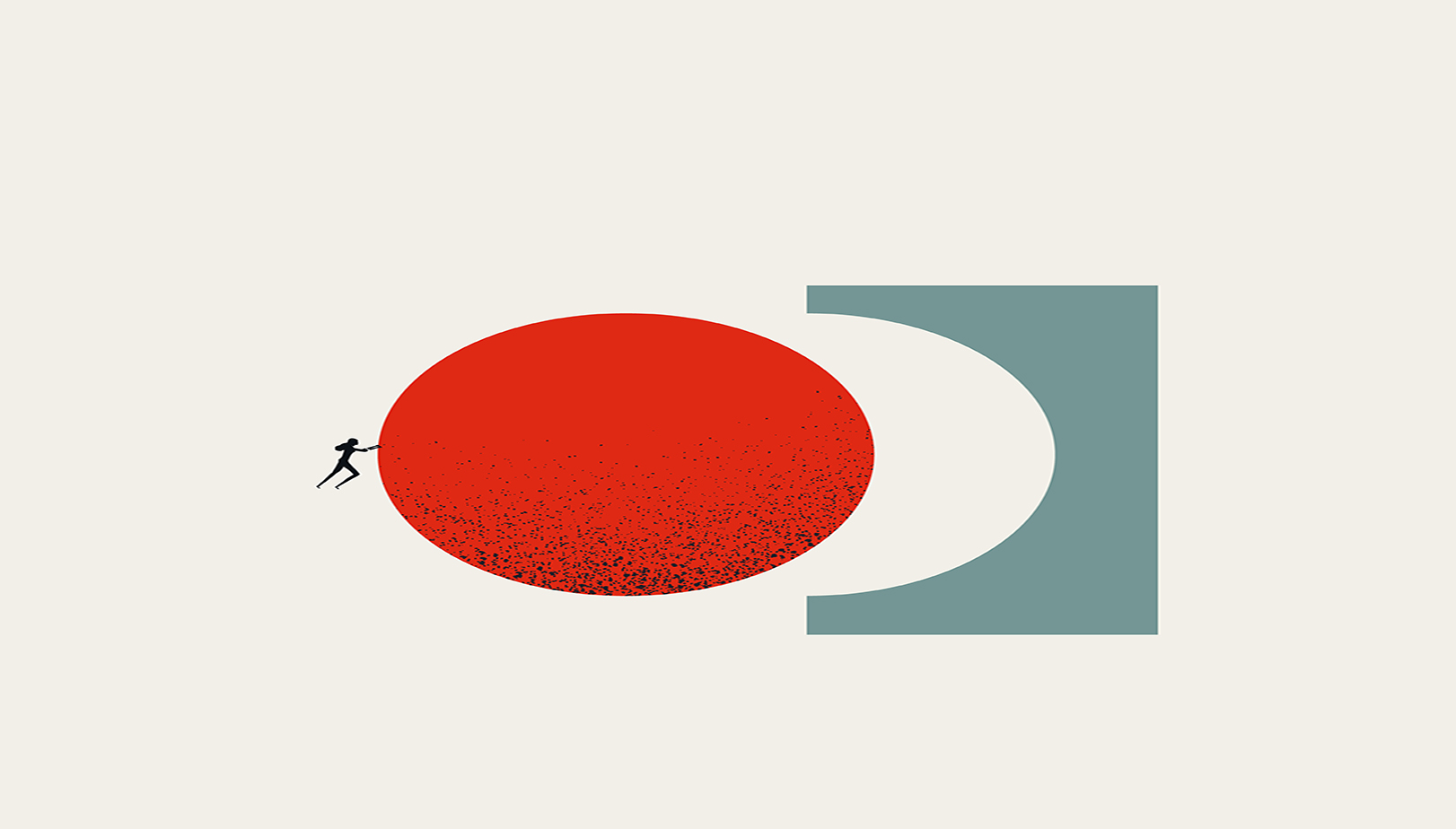Since the first index funds in the 1970s, investing in a diversified basket of stocks has been lauded as the safest and most reliable way to grow wealth over the long term. Index funds have outperformed actively managed funds for decades, and a strong body of evidence supports the notion that the vast majority of stock pickers cannot beat the market.
But what about private equity? Does the same hold true for buyout firms? The short answer is no. Buyout firms have outperformed public markets by a wide margin over the past few decades.
According to a University of Chicago analysis, “buyouts have consistently out-performed public markets,” with an average net IRR of 14% and a PME of 1.20. PME, or the public market equivalent, compares investment in a private equity fund to an equivalent investment in a public market benchmark. An S&P article re-iterates that “US small-cap buyout funds outperform mega vehicles.”
This outperformance holds in bear markets as well. Only 2.8% of buyout funds historically experienced catastrophic losses during recessions, compared to 40% of stocks.
Why Do Buyout Funds Outperform?
There are several reasons for this outperformance. One is that buyout firms tend to be nimble and can take advantage of market dislocations by buying cheaply and selling when the market recovers. Another reason is that buyout firms are often experts in turning around struggling businesses. They have the capital, the management know-how, and the operational experience to make these businesses profitable again.
The outperformance of buyout firms relative to the public markets is especially pronounced in small-cap companies. This is partly because small-cap companies are less researched by the market and offer more opportunities for buyout firms to find hidden value.
The access constraints of private equity can also lead to outperformance. Because buyout firms often invest in illiquid securities, they are not subject to the same kind of short-term pressures as publicly traded companies. This allows them to take a longer-term view and make decisions that may not be popular in the short term but ultimately benefit the company.
Considering the J-curve phenomenon of private equity, in which returns are negative in the early years but become increasingly positive as the investment matures, it is not surprising that buyout firms have outperformed the public markets in the long run.
The high minimum investment sizes and a limited number of investors also help avoid crowding effects that can drive down returns in the public markets.
The State of Buyout
Uncertainty around valuations, inflation, and interest rates has put pressure on buyout firms. Nonetheless, a July 2022 Bain report shows that the 18-month total deal value of $1.7 trillion is by far the strongest in the industry’s history.
While typically experiencing lulls in downturns, mergers and acquisitions have been one of the few consistent bright spots for private equity. A Fortune report highlights that tech M&A in 2022 is up 58% yearly, to $272 billion. After all, $3.4 trillion in dry powder provides ample fuel for dealmaking. Downturn-era dealmaking presents an especially attractive opportunity for buyers, as many companies will be forced to sell at a discount.
It’s no surprise that firms that made active acquisitions in the 2008 downturn outperformed those that did not, growing at an average of 16.9% over five years, compared to just 4.9% for other companies.
What Does This Mean for Investors?
Private equity should be an integral part of their portfolio for investors looking to generate superior returns. With a long history of outperformance and a track record of resilience in downturns, private equity provides the potential for strong risk-adjusted returns.
While the minimum investment requirements and illiquidity restrictions of private equity can make it difficult to access for some investors, platforms like Gridline make it easier for individual investors to gain exposure to this asset class.
